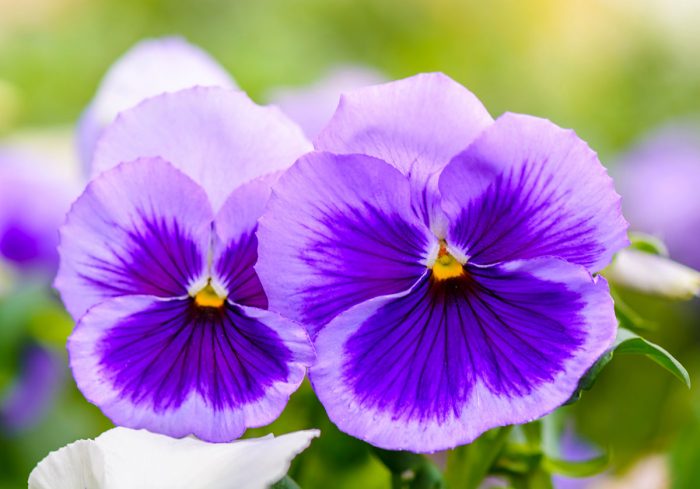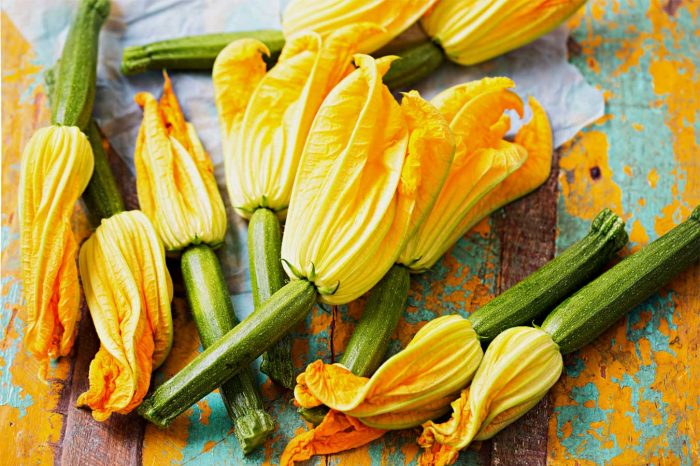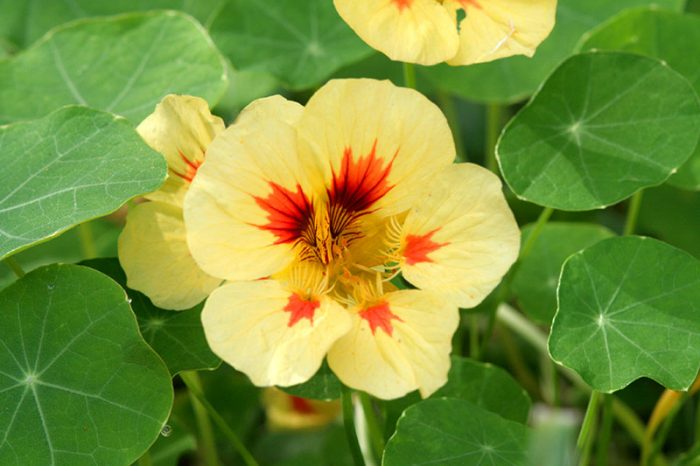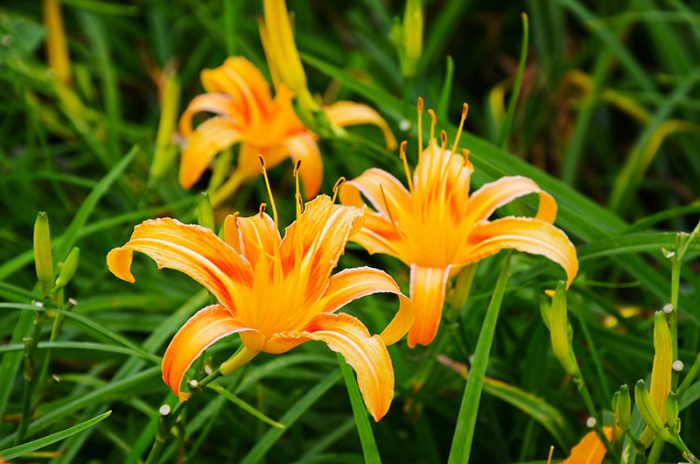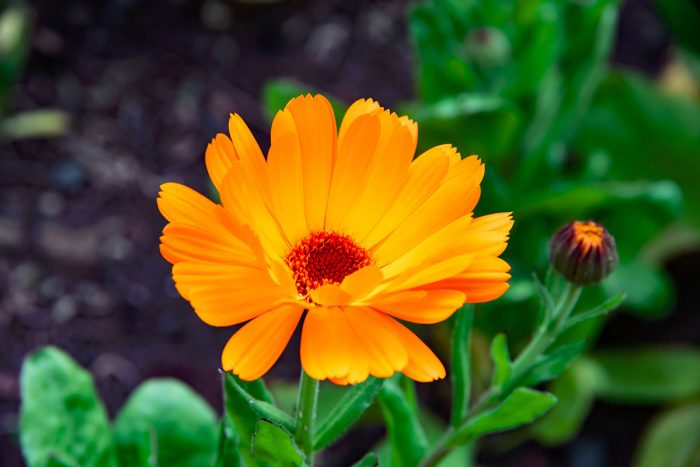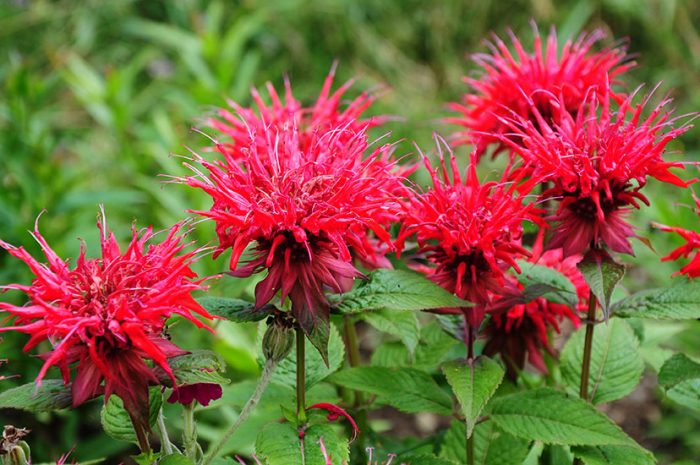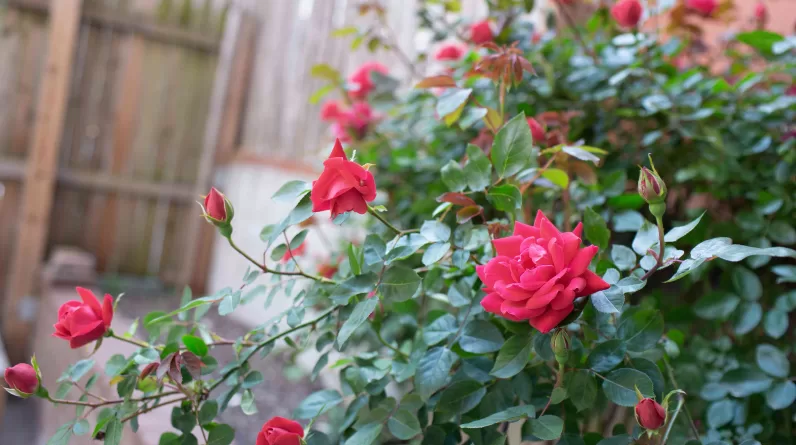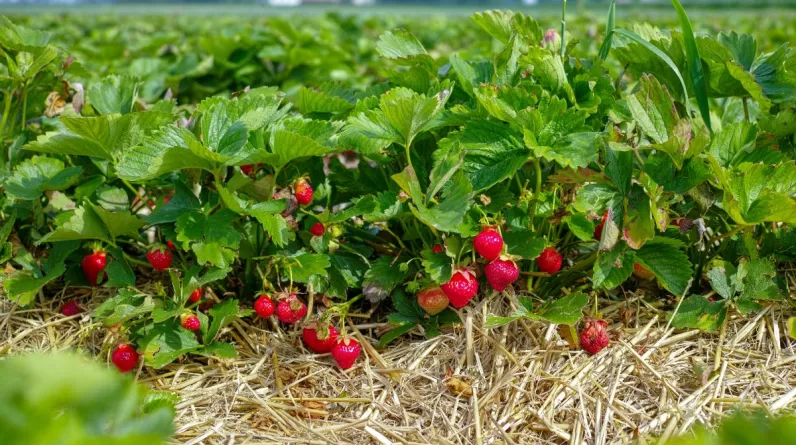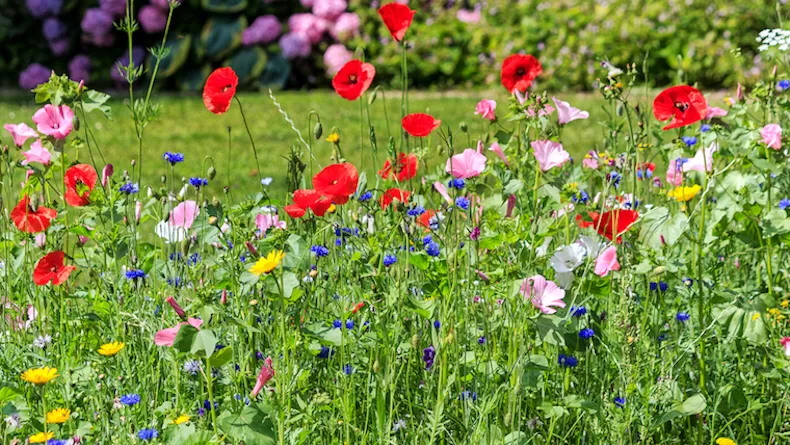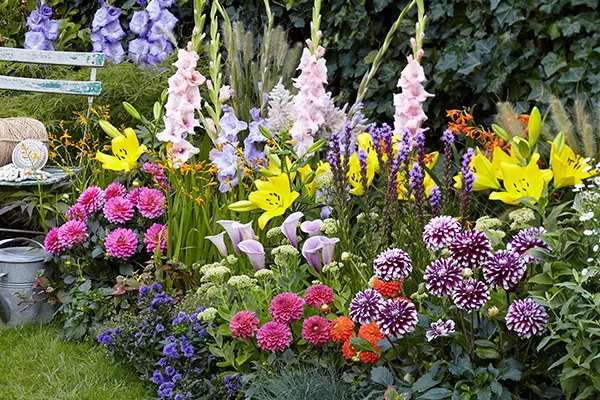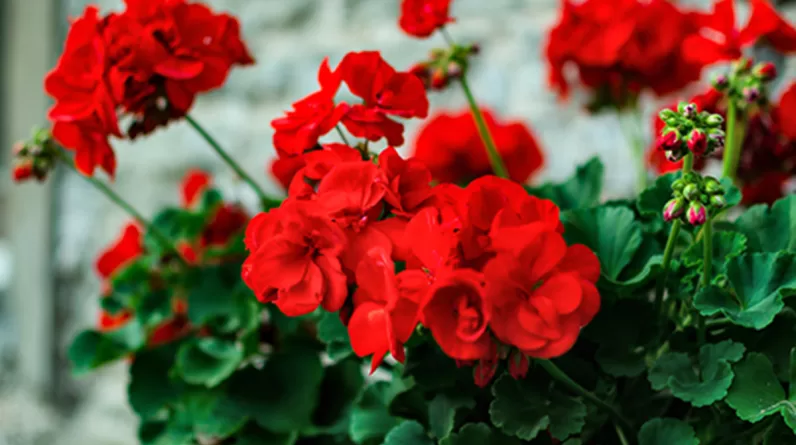More and more gardeners like to grow their food at home and have good, fresh vegetables, fruits, and herbs on hand. But what about edible flowers? There are so many great discoveries to make! Here are the top 6 edible flowers to grow in the vegetable garden.
The very popular thought
The pansy is an easy-to-grow plant that will give you beautiful flowers all season long. With its bright or pastel colors, it brings life to the garden. Plant in partial shade or full sun and make sure it does not lack water. Prune spent flowers for longer blooms.
Pansy flowers are slightly sweet and minty. It is best to avoid cooking them as they do not tolerate heat well and lose the beautiful color that makes them so interesting. Thanks to their delicate taste, they go equally well with savory dishes, such as salads or tartars, as well as with sweet ones such as fruit salads or cakes. Brush them with egg white and sprinkle them with granulated sugar to make pretty decorations. You can also place the petals in ice cubes to enhance your cocktails.
The delicious zucchini flower
Did you put zucchini plants in the vegetable garden this year? In addition to tasting the fruits, you can also enjoy their flowers. We harvest the zucchini flowers early in the morning while they are still fresh and open and we prioritize the male flowers since it is the females that produce fruit.
A classic of Italian cuisine, zucchini flowers are eaten raw, in salads, or cooked, sautéed in pasta, risotto, or as a garnish for a pizza or sandwich. They can also be fried or served as fritters. Their slightly sweet taste, similar to that of zucchini, goes harmoniously with cheese. Stuffed with a mixture of ricotta, tomatoes, and fresh herbs, lightly breaded then fried in oil, it’s to die for!
The charming nasturtium
Nasturtium is also easy to grow. As its stems tend to wrap around objects, it is often used to camouflage a rather ugly fence. Its beautiful yellow, red, or orange flowers add a nice punch to the yard. Flowering from July to September, they tolerate sun and semi-shaded places. In addition, they do not require too much water and fertilizer. Note, however, that they attract aphids.
All parts of the plant are eaten: leaves, seeds, and flowers.
- The flowers are picked early in the morning or at dusk before they have fully blossomed. With their peppery taste, they will add flavor to your salads. Why not flavor butter or vinaigrette?
- The leaves are rich in vitamin C and are a wonderful replacement for lettuce in your sandwiches. They will add a nice spicy note, a bit like watercress.
- Store the seeds or flower buds closed in vinegar with a few sprigs of thyme and rosemary and use them like capers.
The elegant daylily
We call the daylily Belle du jour because its flowers only last one day. Very resistant and requiring little watering, it is frequently seen in residential flower beds. The daylily likes the sun but can tolerate shade very well. Be careful, it can sometimes be a little invasive, you will probably need to divide it from time to time to control its growth.
All parts of the plant are edible: tubers, flowers, flower buds and young shoots:
- The first daylily shoots are delicious. Pick them at around 10-15 cm. They are cooked like green beans, boiled or steamed, with a touch of garlic and butter. Raw, they can be served as crudités with carrots and cucumbers. You can also cook them quickly, let them cool, and drizzle them with good vinegar to make a warm side salad.
- Tubers that are still young can be eaten raw or cooked. When older, they must be cooked like potatoes. They have a sweet taste similar to water chestnuts or candy corn.
- The raw flowers have a lemony taste similar to sweet endives. Their texture, both crunchy and tender, is reminiscent of romaine lettuce. They are ideal for adding color and texture to your salads. You can also stuff them with a mixture of cheese and herbs, taking care to remove the stamens first, a pure delight! When cooked, the flowers have a subtle asparagus flavor with hints of orange blossom. Cook them like any vegetables to enhance your omelets or soups. You can also fry them, they will amaze your guests during an aperitif! Get inspired by this daylily fritters recipe.
Good to know!
“Dark flowers will taste less good (iron taste) than pale ones which are much milder in taste, so dark red flowers are very beautiful, but in my experience, are much less good than yellow or pale pink ones! »
Source: Hélène, 3jardinsauquebec.blogspot.com
- The flower buds are used raw or cooked in salads, sandwiches, omelets, etc. Sauté them in a little butter: delicious!
Be careful, daylily can cause nausea and/or intestinal gas in people with allergies. Consume in moderation the first time!
The generous calendula

Calendula, also called garden marigold, is one of the easiest plants to grow. Very floriferous, it will produce a profusion of small pompoms similar to daisies in varied colors. These flowers have the particularity of opening in the sun and closing in the evening. It is best to harvest flowers on sunny days.
It is only the flower and flower buds of the calendula that are edible. They are very rich in carotene and vitamin A and their bitter and slightly peppery taste can be reminiscent of radishes. The center of the calendula is very bitter, so avoid eating it or, at least, chop it very finely. We therefore most often use the petals. Calendula flowers are mainly used in savory dishes and go perfectly with rice; they color it like saffron, without being as expensive. Enhance the flavors of your sauces or your egg-based plants with this colorful little flower.
The very attractive Monarda

Monarda is a honey-producing perennial that attracts butterflies, hummingbirds, and bees. It will produce beautiful red (scarlet monarda) or pink (fistulous monarda) flowers from the 2nd year. It is important to keep the roots moist at all times. Monarda can sometimes be invasive, divide it if necessary.
Scarlet Monarda has a rich lemony, minty odor similar to bergamot, while Red Monarda has a taste similar to oregano, but more pronounced. However, their uses are similar:
- Dried flowers and leaves can be infused into herbal teas.
- Fresh, flowers can perfume beautiful butter or creamy cheeses to enhance the flavor.
- Crystallized just like pansies, they decorate pastries.
- Finely chopped, they are ideal with fish, meat, and grilled vegetables.
Warning: some plants can be toxic!
Be careful, not all flowers are edible. Several plants such as elderflower, rhubarb, and potato, among others, can even be toxic to humans. Check with your local garden center for sound advice.

